To commemorate 90th anniversary of the end of WWI - restored Vilnius Vingis park cemetery
Earlier I promised to prepare several reports to commemorate 90th anniversary of WWI. So I need to keep promises. This time about restored old cemetery in Vilnius Vingis park.

Since I earlier promised to prepare several reports to commemorate 90th anniversary of WWI I need to keep my promises. So today I will show report about restored WWI cemetery in the modern Vingis park in Vilnius.
In late XVIIth century then on the outskirts of Vilnius Jesuits cemetery was established. Victims of plague of 1710 were buried here.
In 1796 the chapel was built were wife of first Russian military governor of Vilnius - Nikolai Repnin - was buried. In early XIXth century this cemetery was given to Orthodox and Jewish communities.
In 1915 here German military authorities established largest cemetery for WWI victims. More than 2000 German, Austro-Hungarian, Russian, Polish and even several Turkish servicemen were buried here. In 1917 monument for the victims of WWI was built here by German military administration.
After WWI that cemetery was unused up to 1944 when German soldiers killed in Vilnius during WWII were buried here. In 1950s this cemetery was destroyed and even more in the late 1950s or early 1960s amusement park was established right at the place were cemetery was. Amusement park was closed in 1987 or 1988. In 1999 - 2000 cemetery was restored by German bundeswehr with the support of Lithuanian and German governments and today is as big memorial for soldiers from more than 10 modern countries whose soldiers are buried here.
Now we can go into.
What we see first is Repnin's family chapel built in 1796:
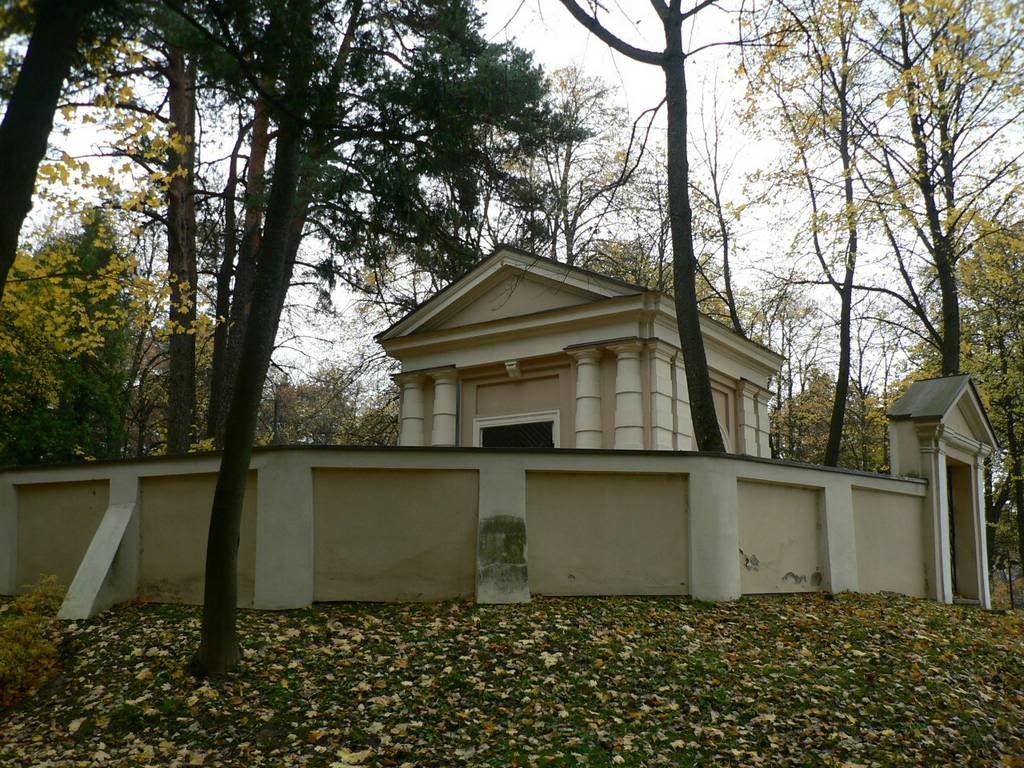
At closest area to the street is the quarter of Austro-Hungarian soldiers:

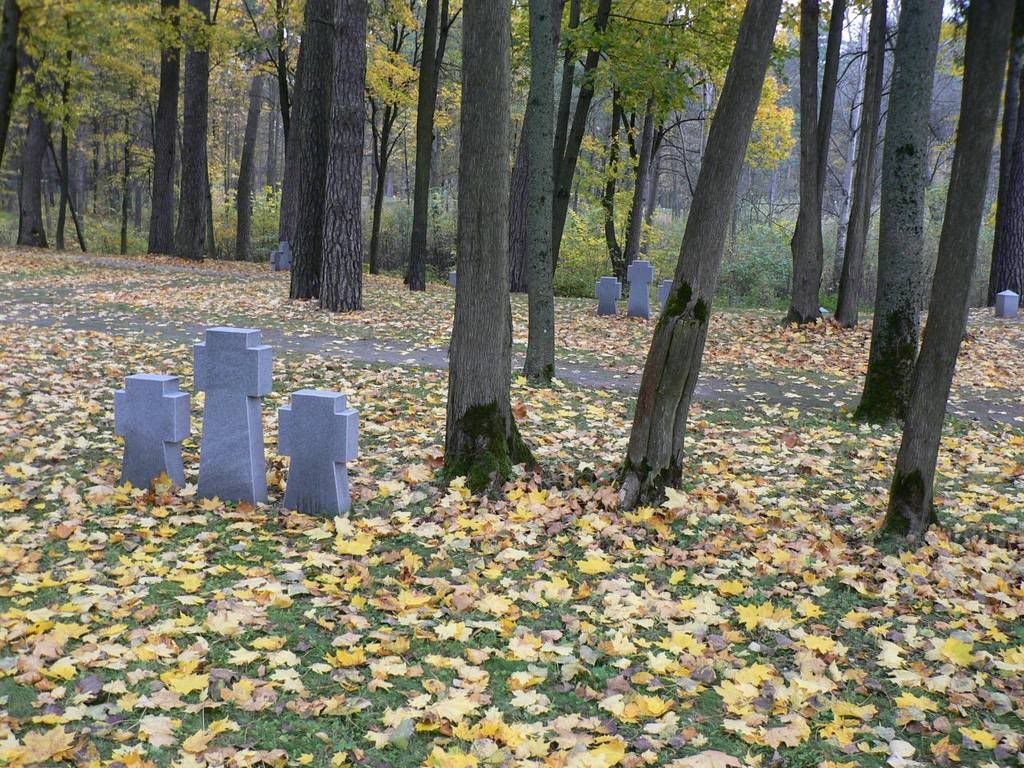
And monument built by German reservists to the former allies:
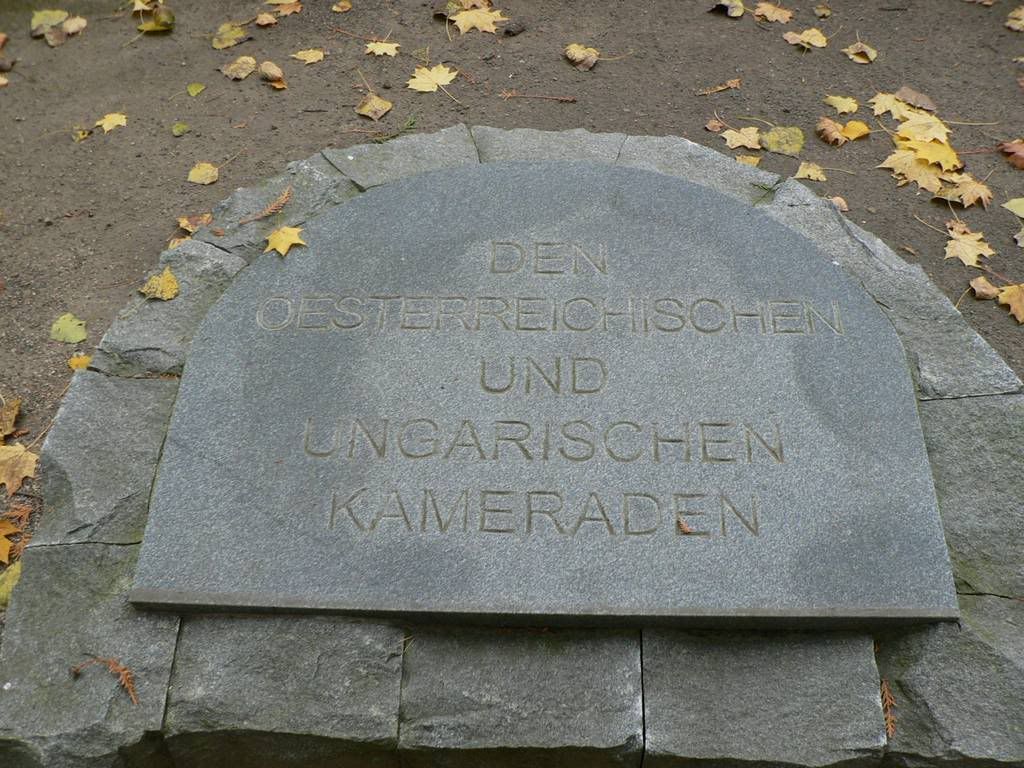
The joint monument built by armies of former Austro-Hungary countries (Austria, Czechia, Hungary, Slovenia) to their soldiers:
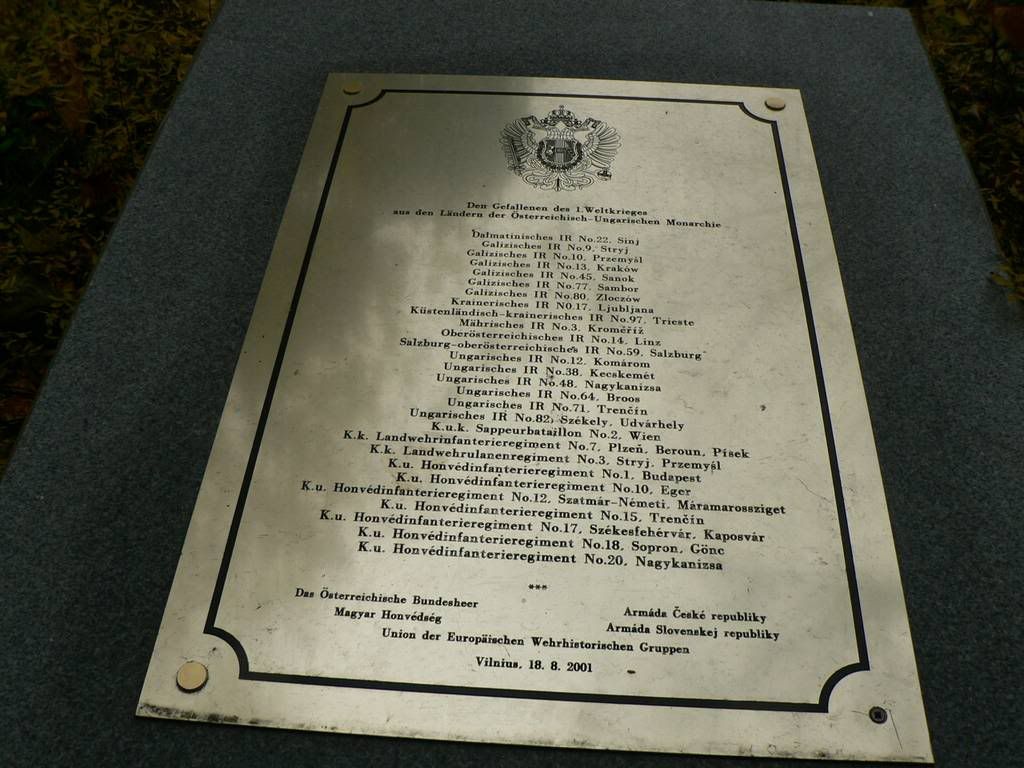
Back view to the Austro-Hungarian part:
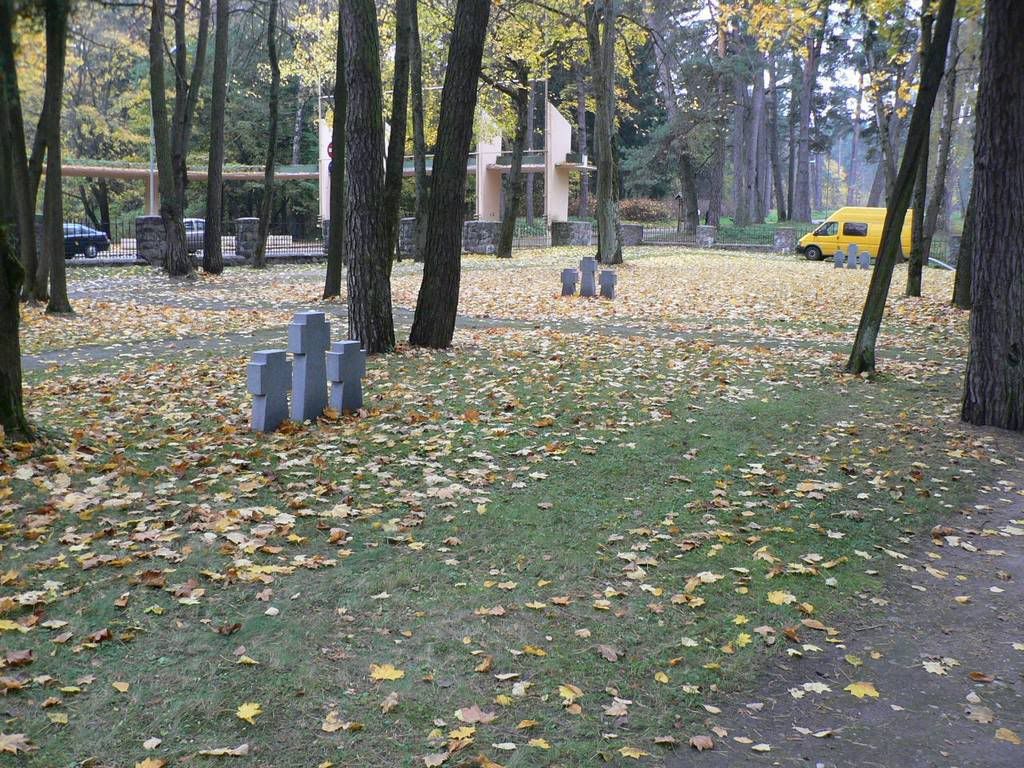
Single sign at the place were several Turkish soldiers were buries (the most mysterious thing here to me):
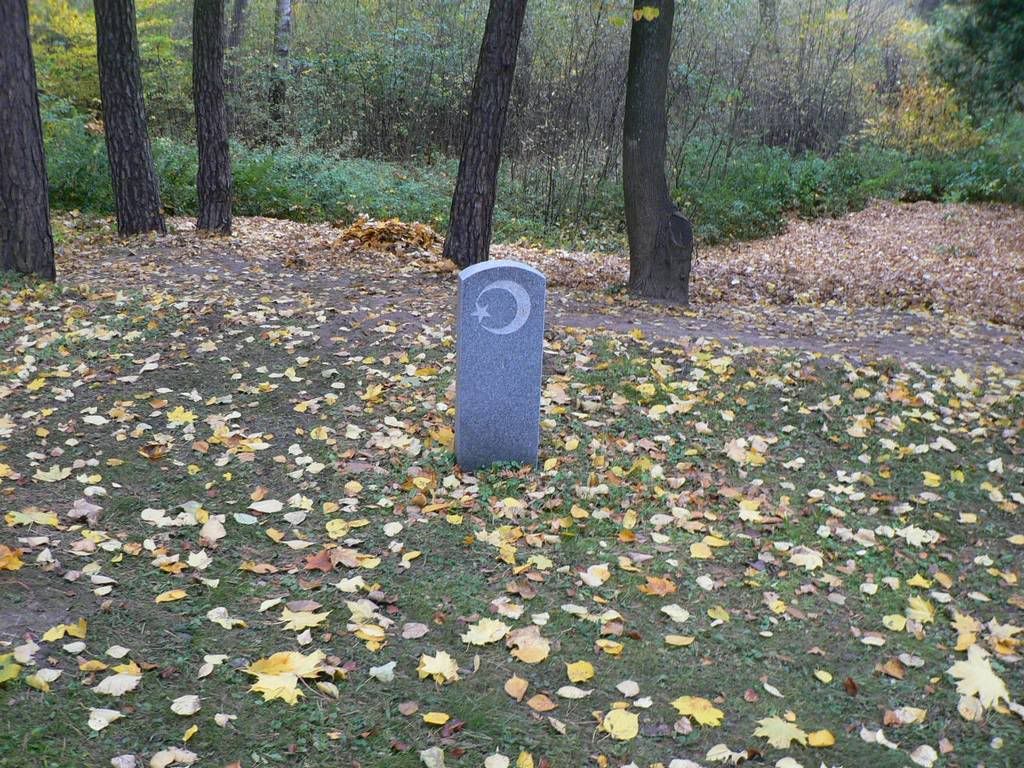
The signs were Jewish and Orthodox civilians were buried in the XIXth century:
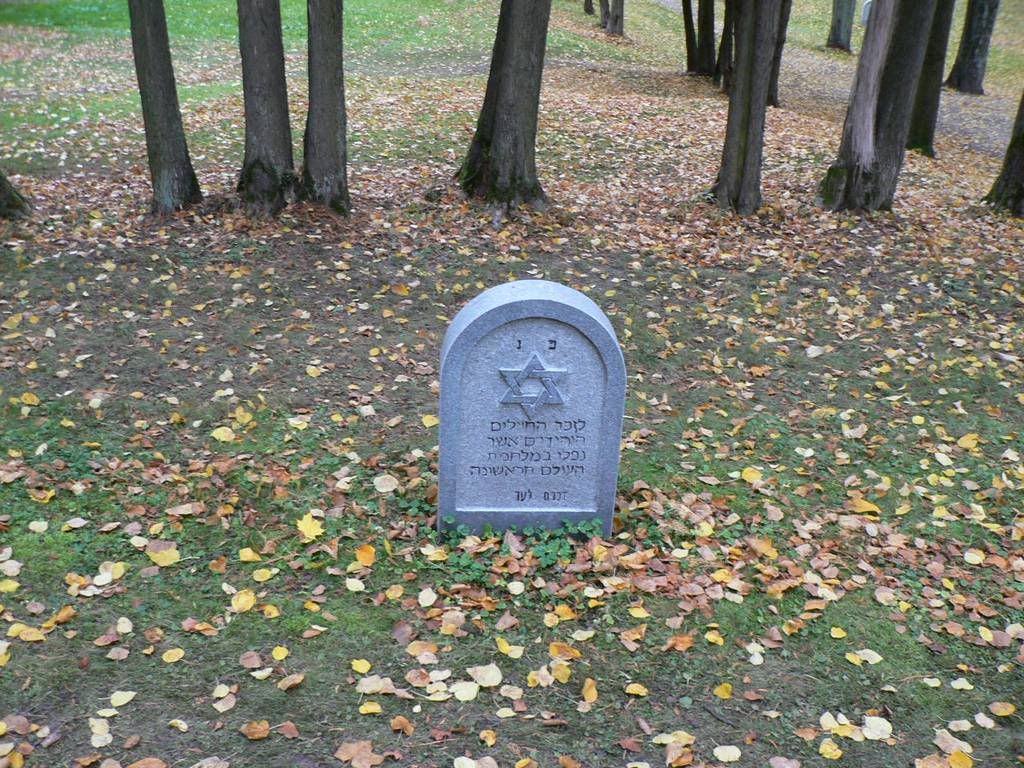
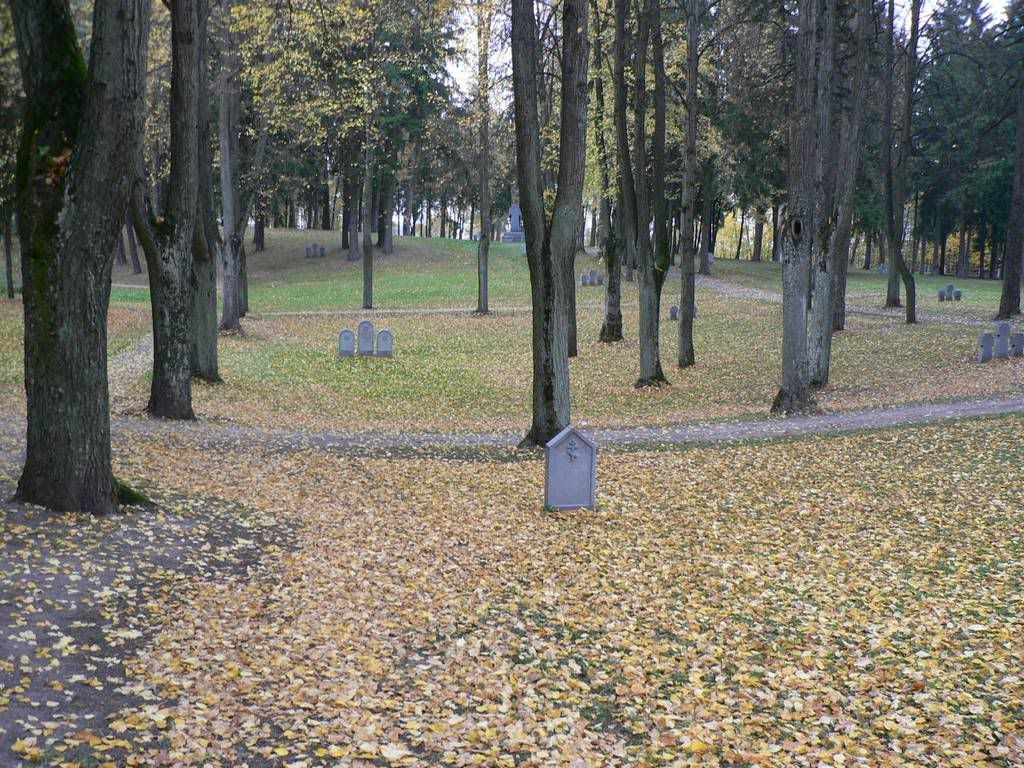
Quarter of Polish legion soldiers:
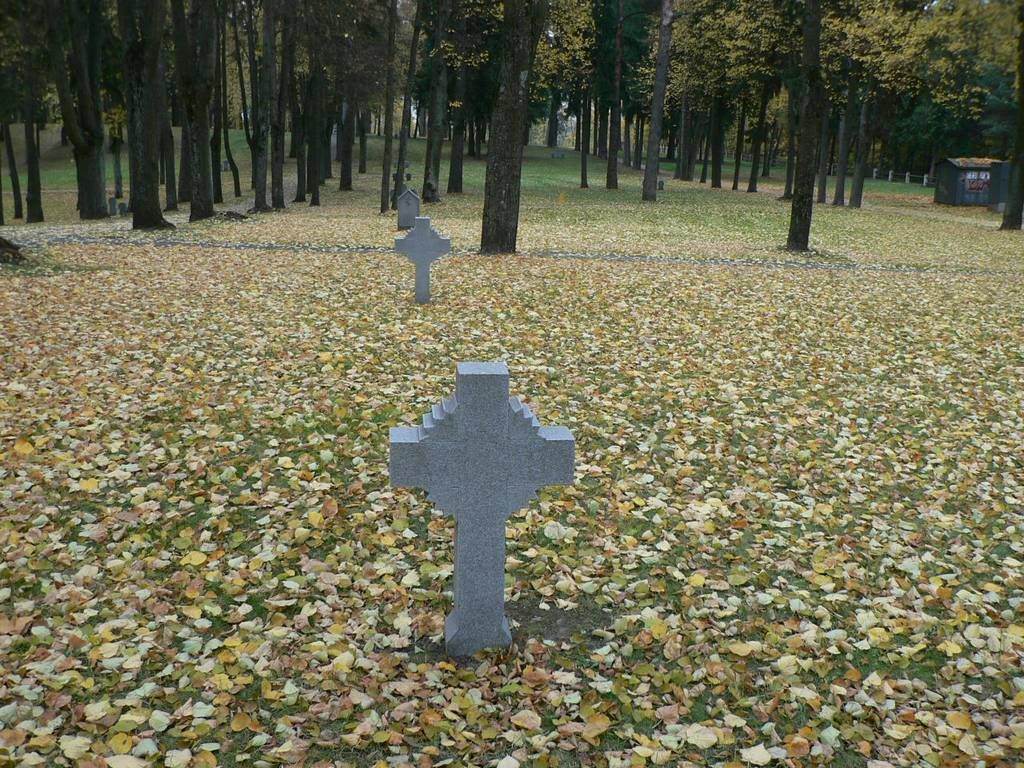
Sign about patronage of this cemetery:
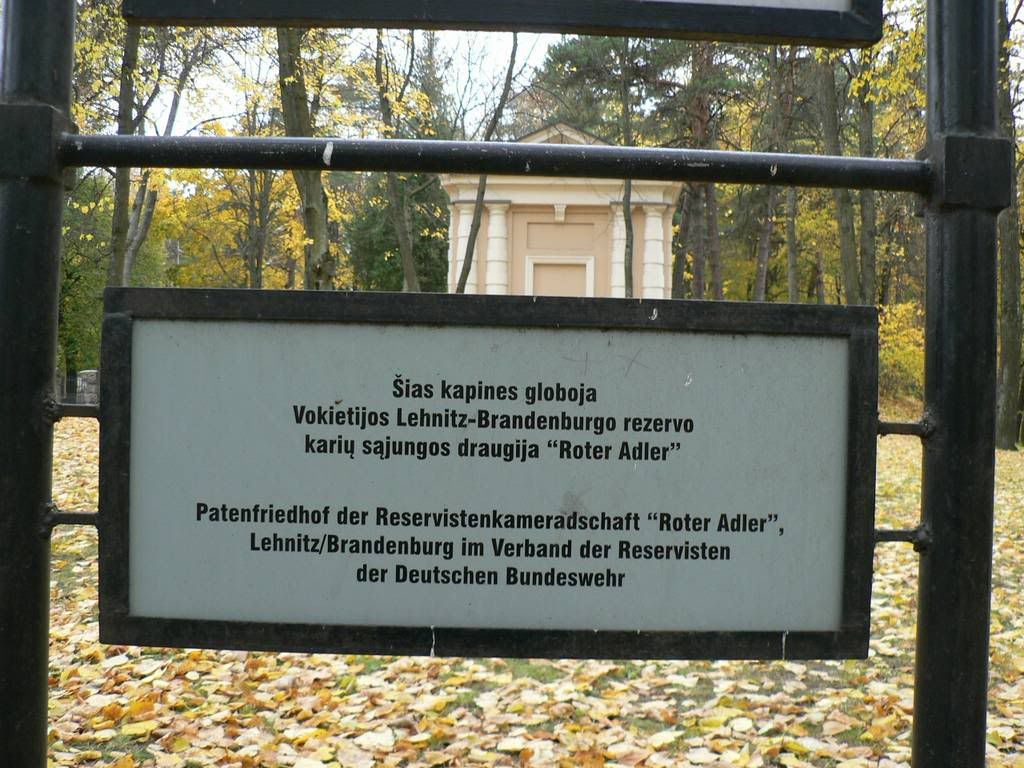
Main alley of German soldiers of WWI:
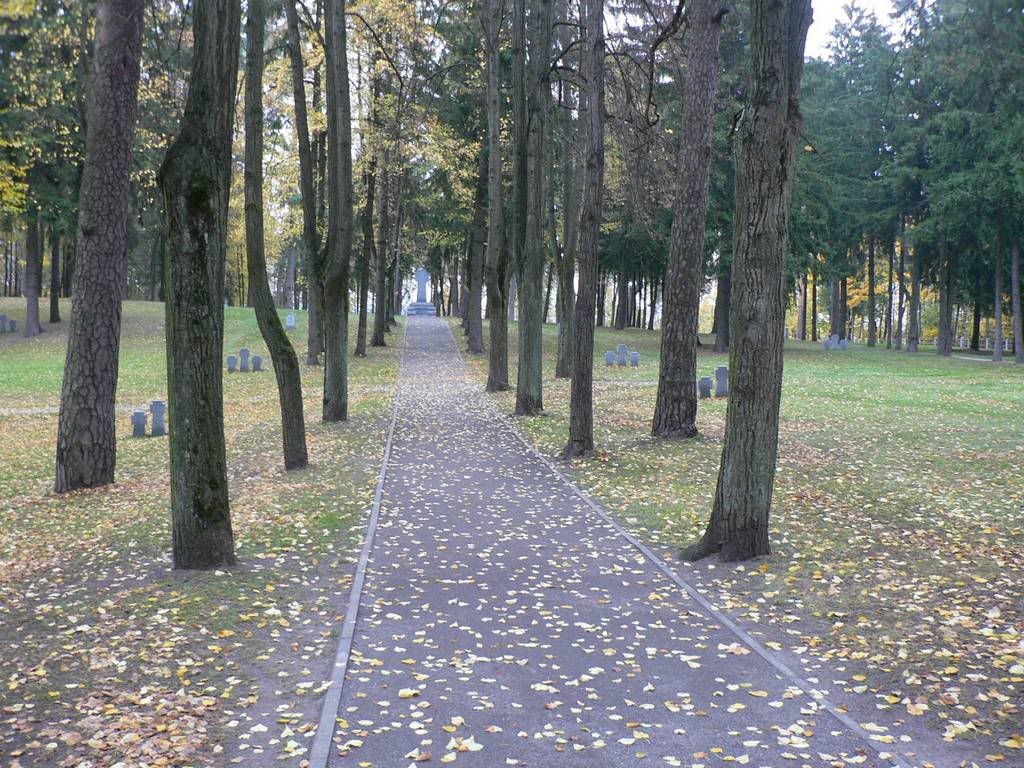
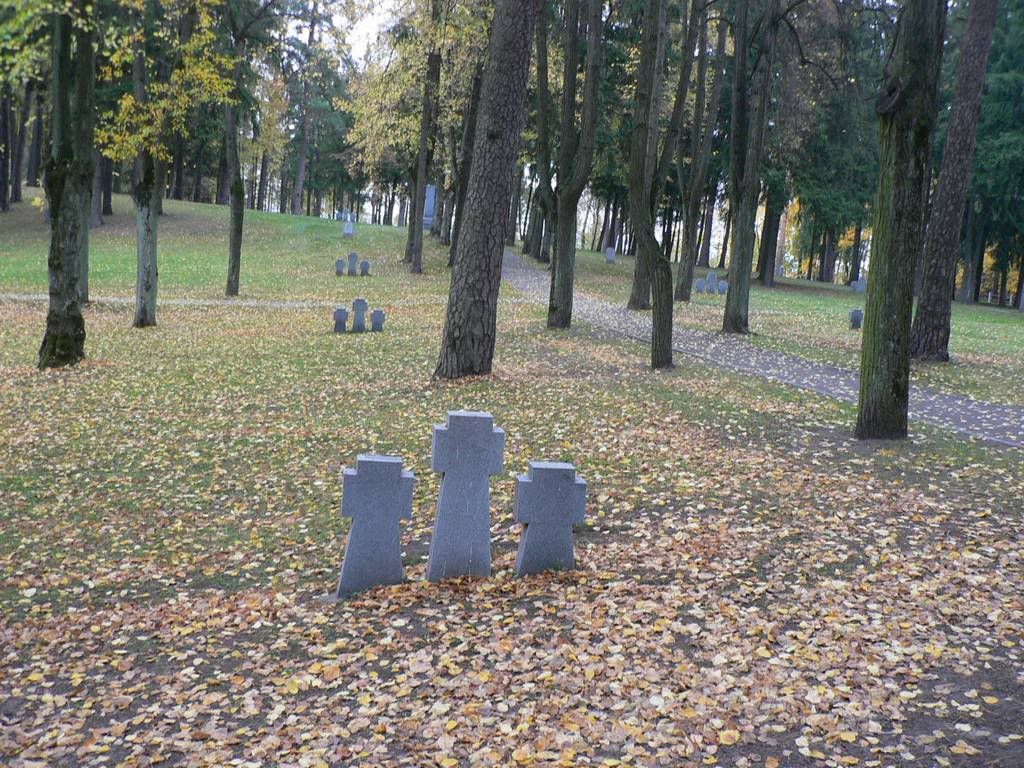
Modern monument (2001) at the place were original monument was built in 1917 to commemorate German, Austro-Hungarian, Russian, Turkish and Polish soldiers:
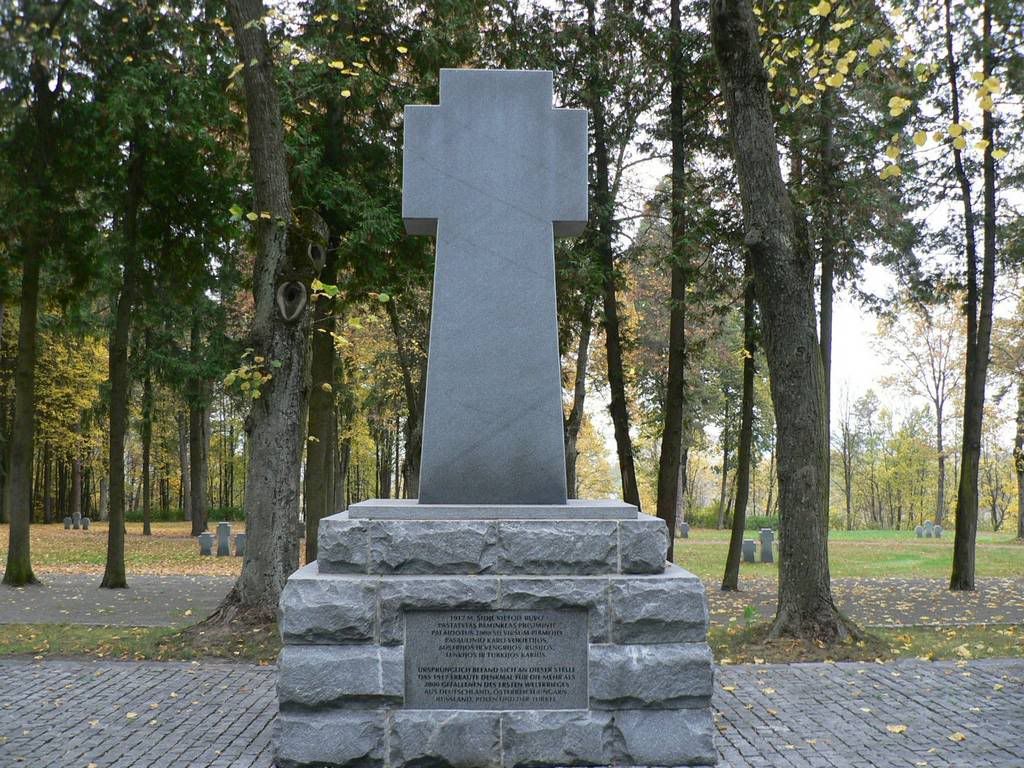
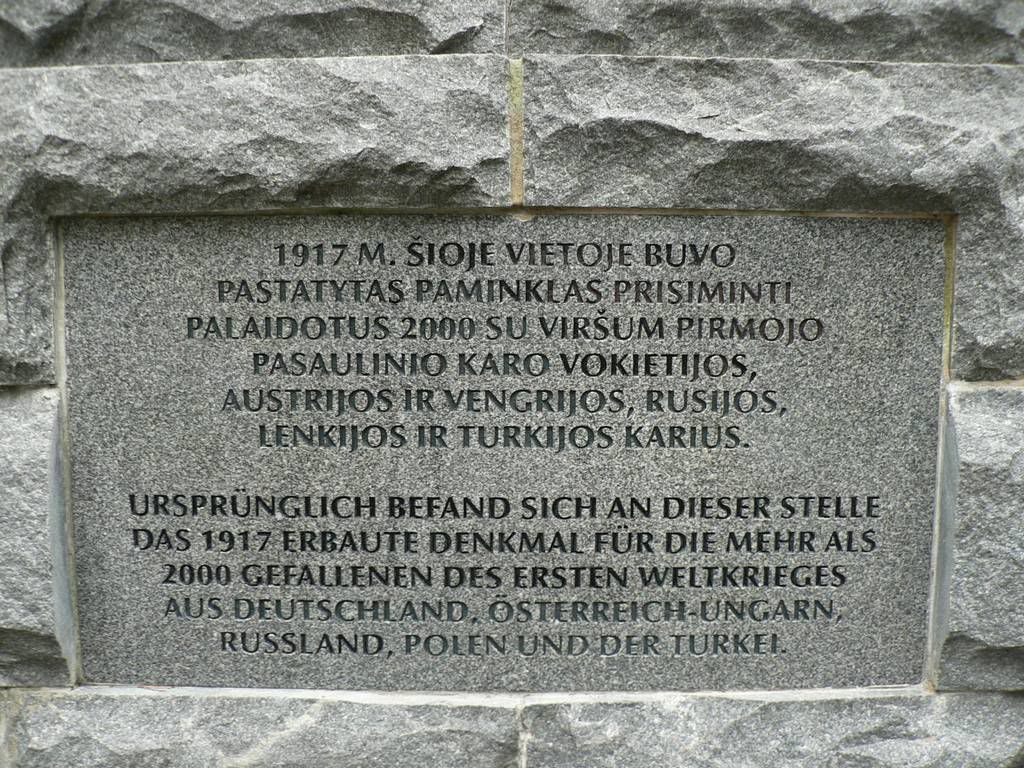
Original monument was found during restoration and it's remains are exposed in the corner behind modern monument:
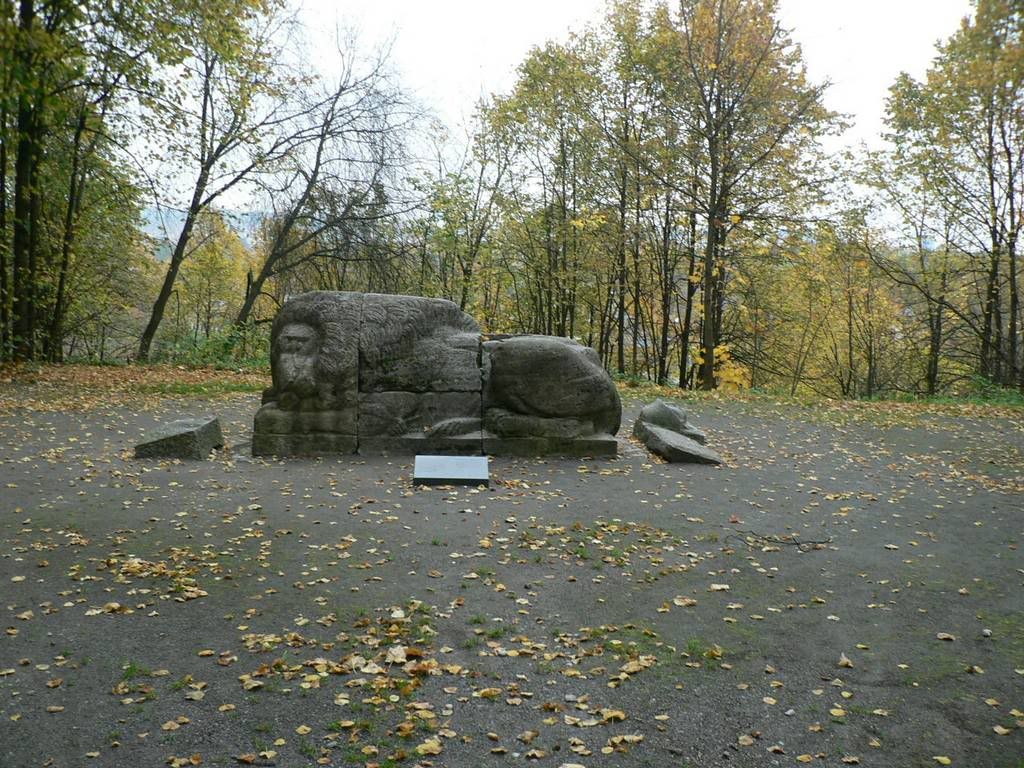
The interesting fact for me was that in 1917 the word Weltkrieg was used:
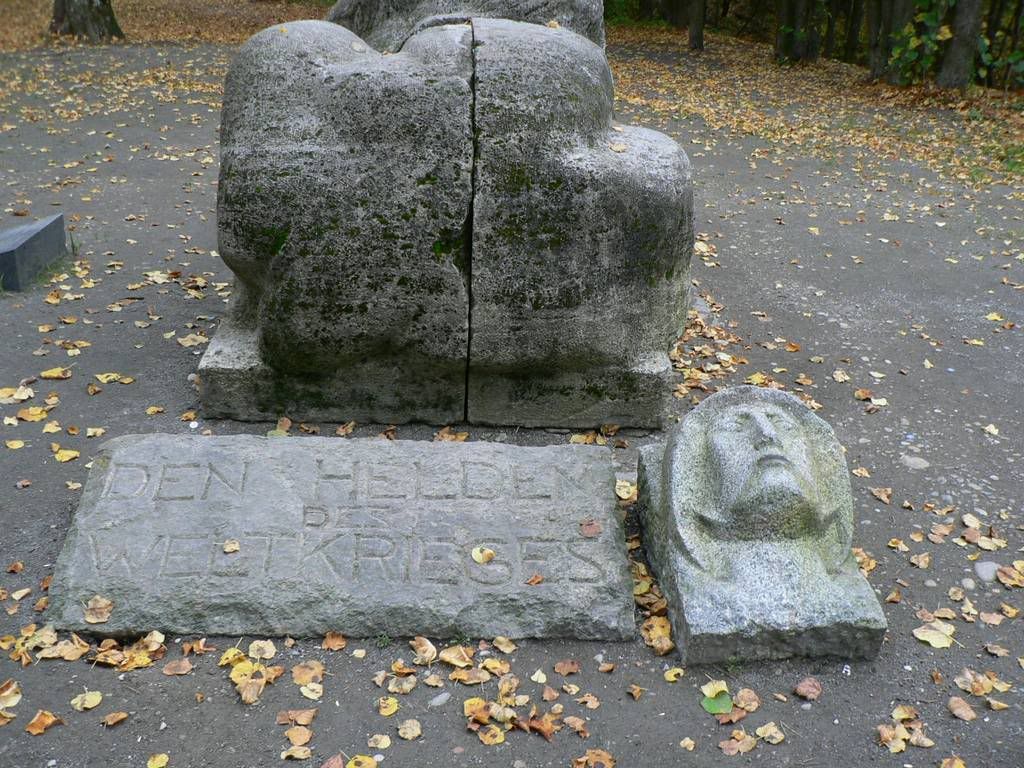
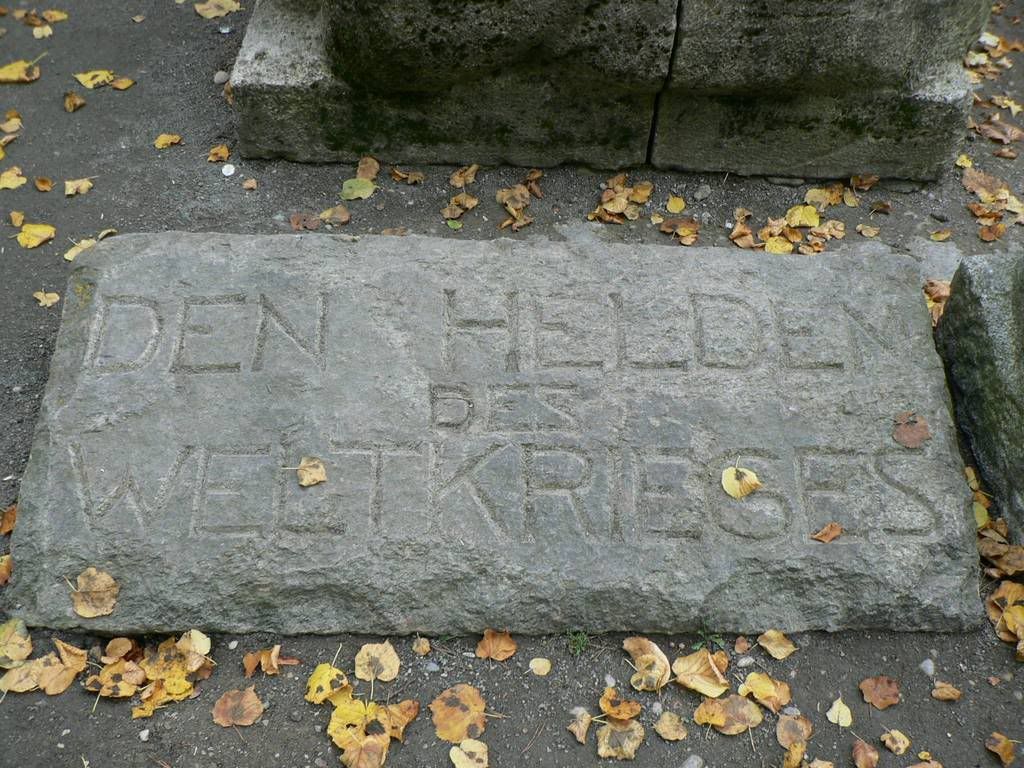
German graves near the remains of old monument:
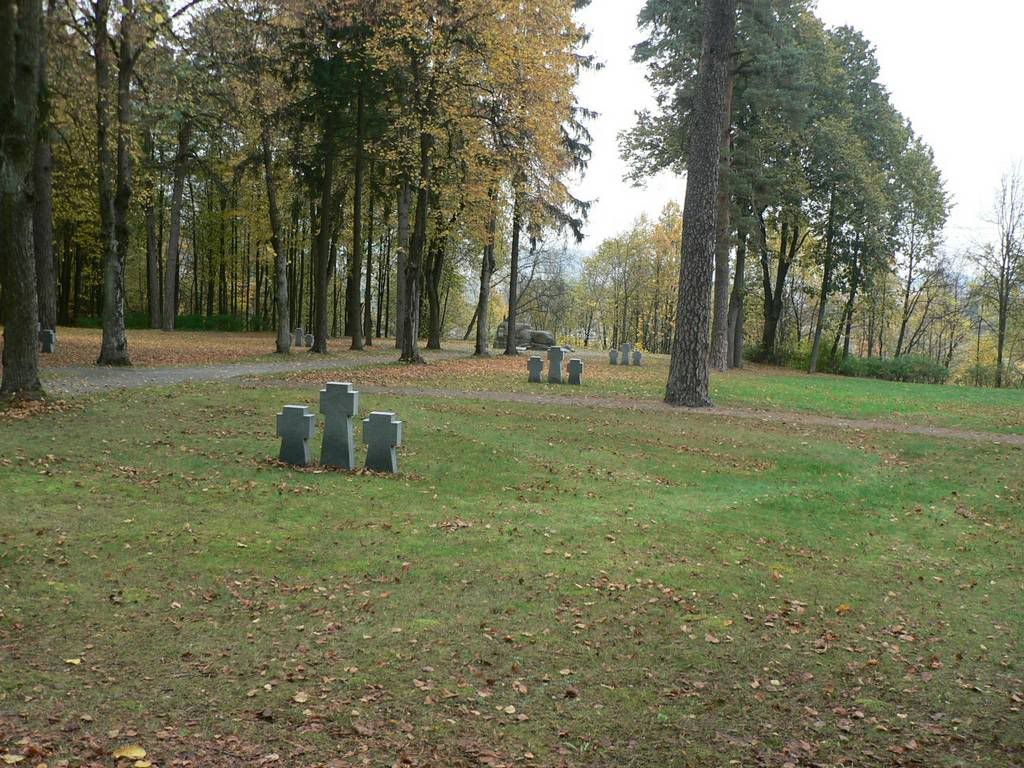
Going further we will find Russian soldiers quarter:
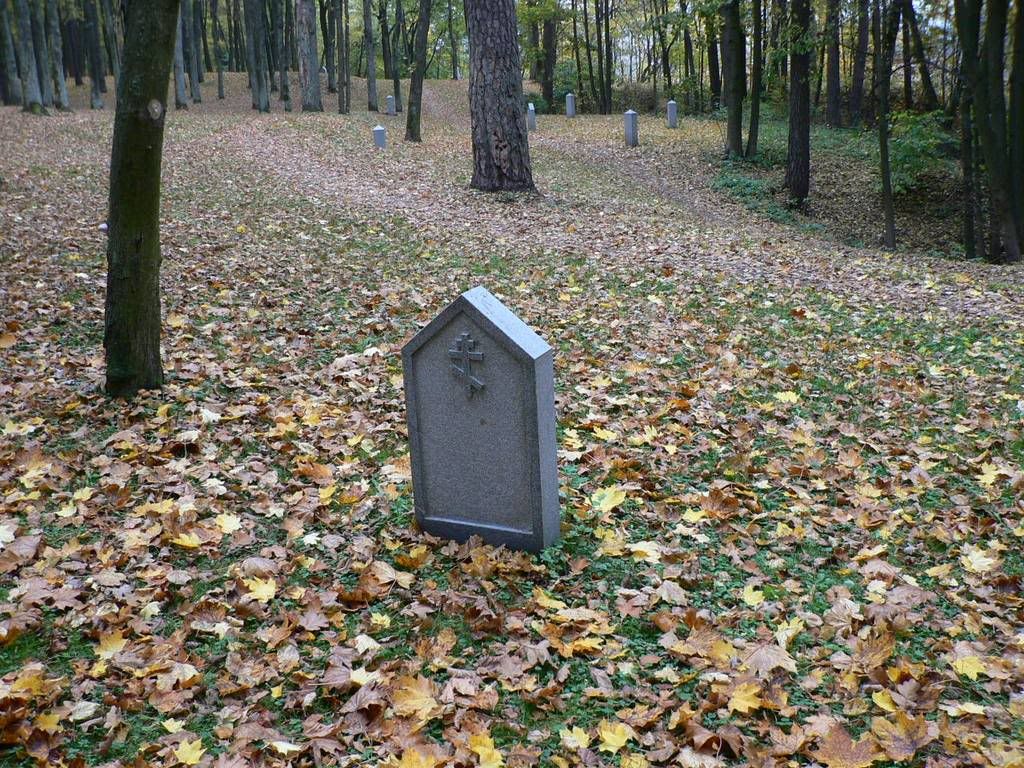
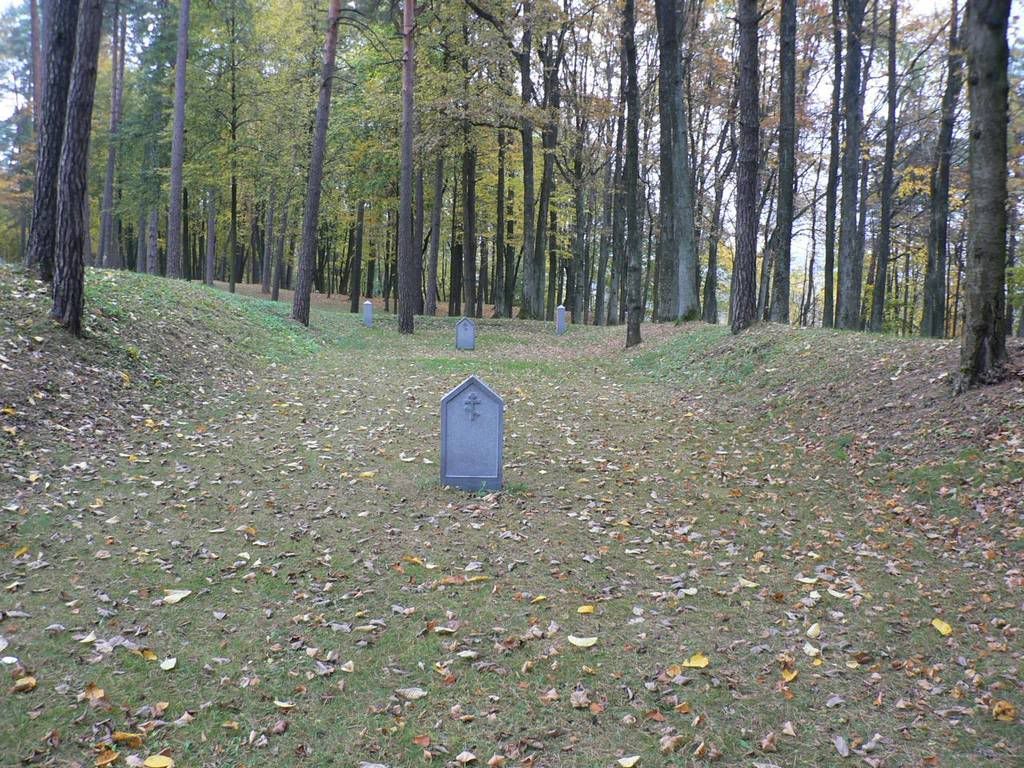
Modern sign to commemorate Russian soldiers:
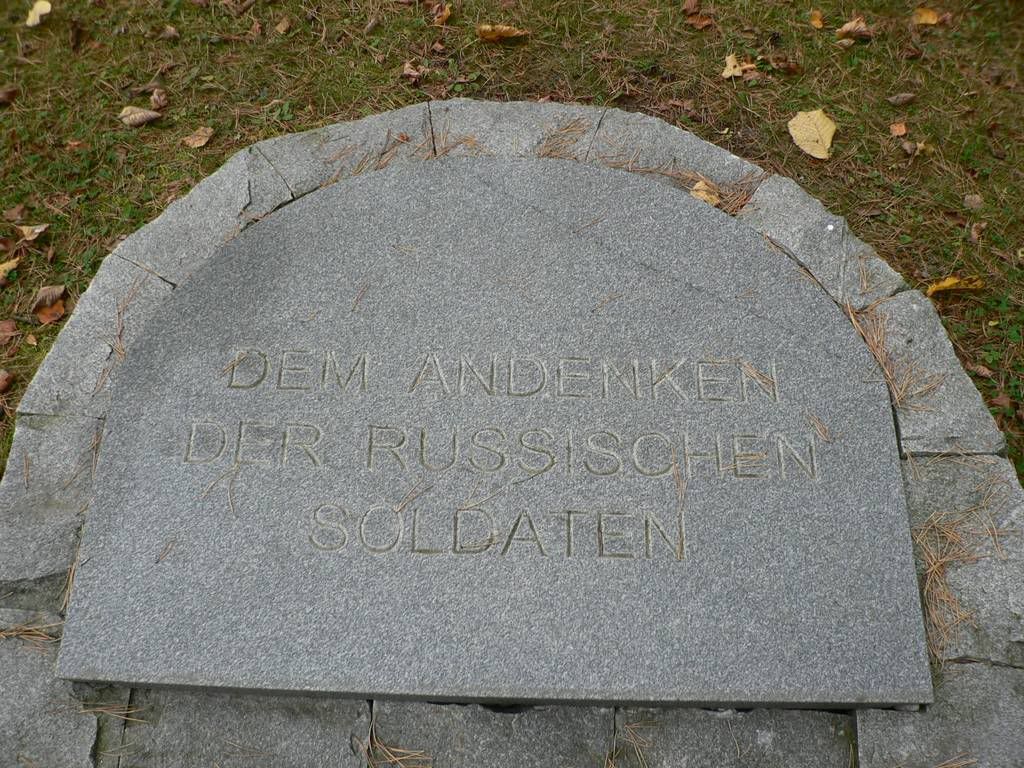
More general view:
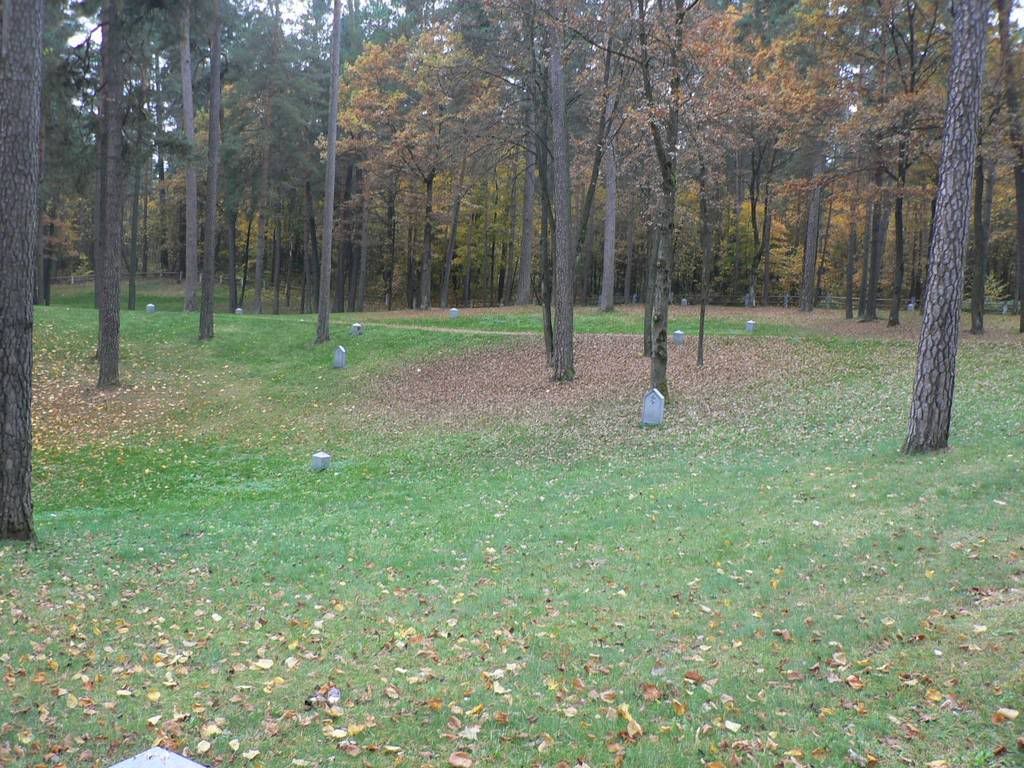
Going further we see that Russian graves are mixed with German crosses - Soviet commanders buried Wehrmacht soldiers together with Russian soldiers of WWI:
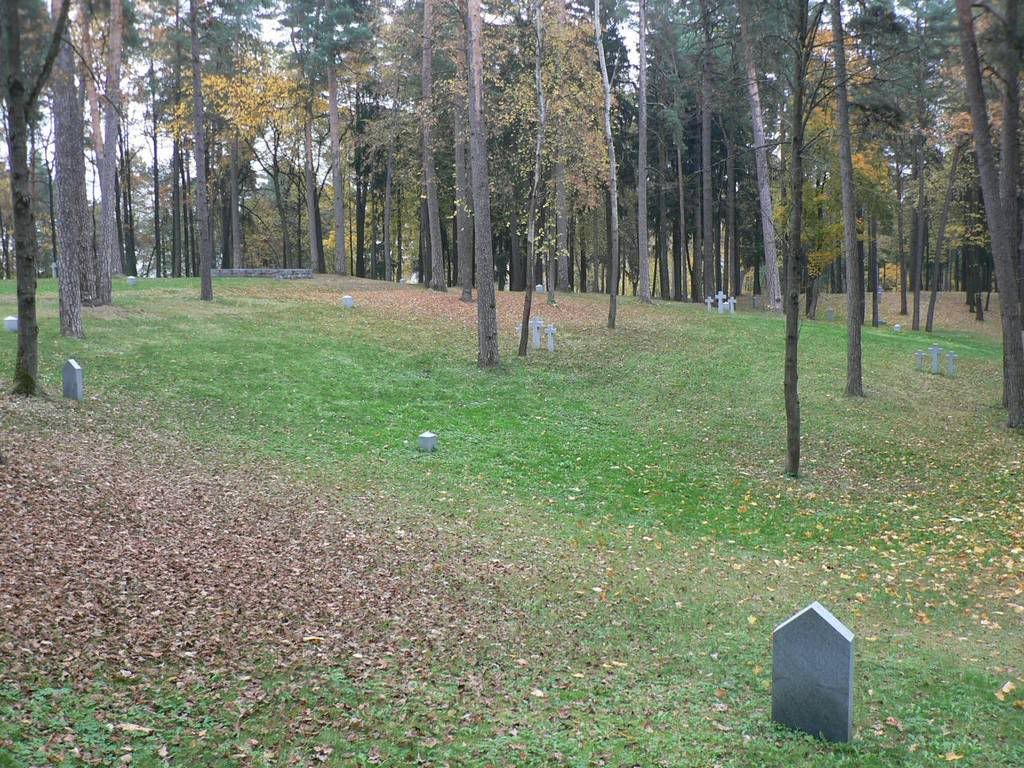
Graves of German soldiers of WWII:
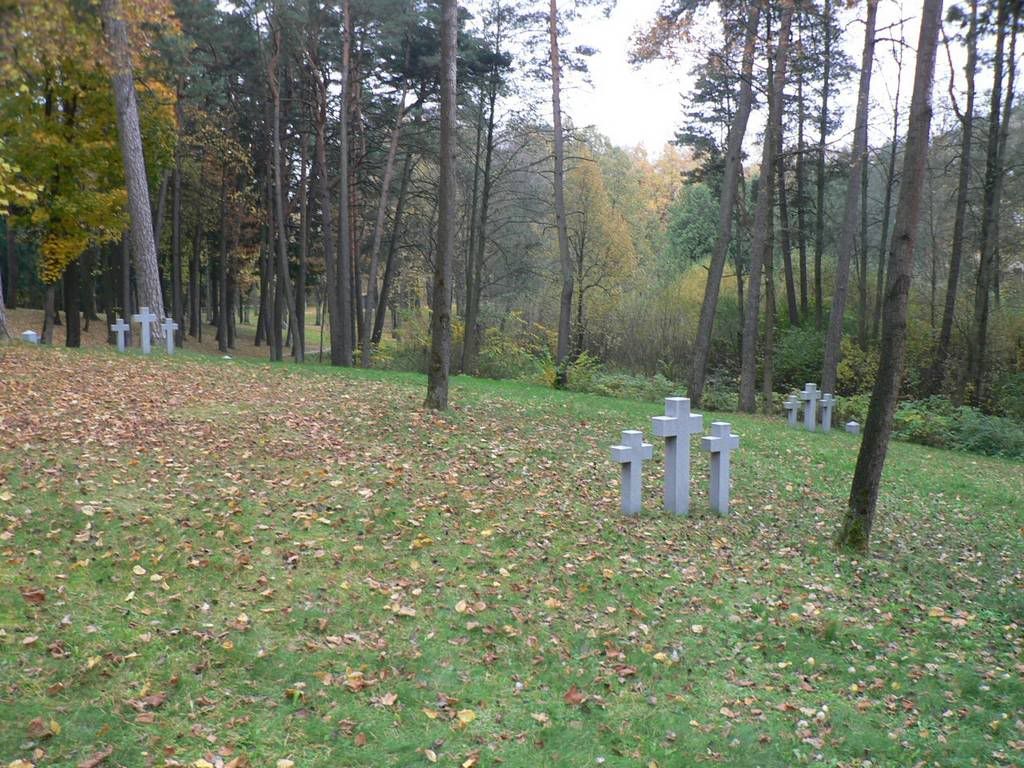
Modern German monument in the center of German WWII quarter:
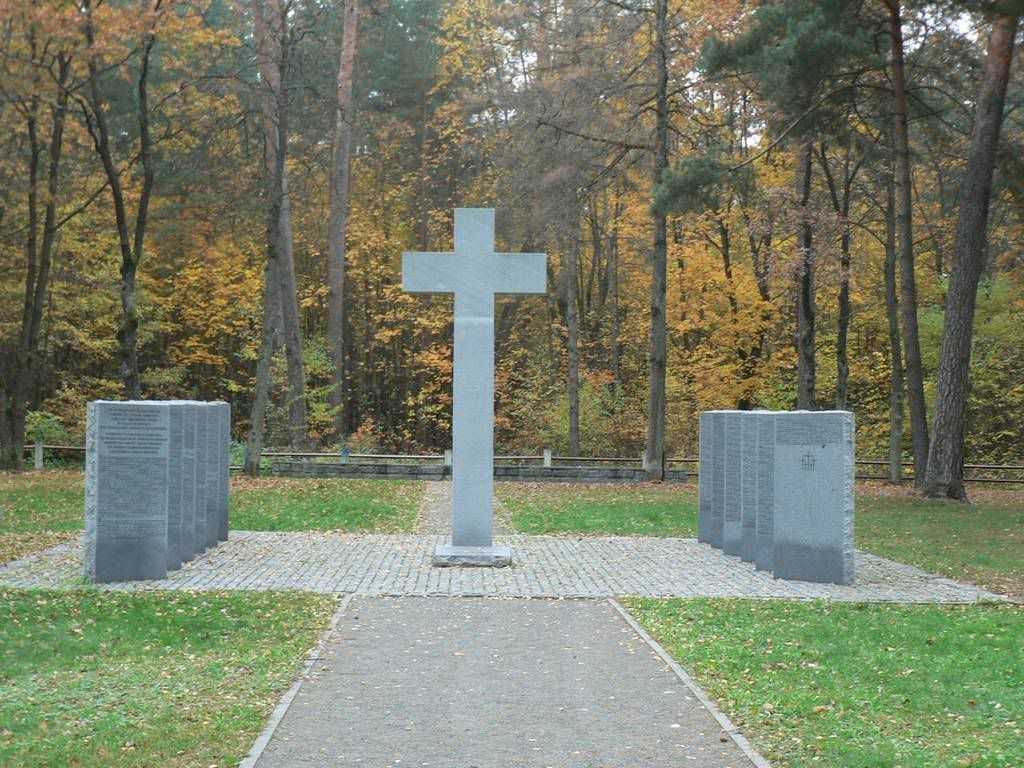
And the stones with the names of soldiers buried here. Record says that from 2337 German army soldiers who lost their lives in WWII in Vilnius more than 1600 are buried here. Places were are buried others are unknown:
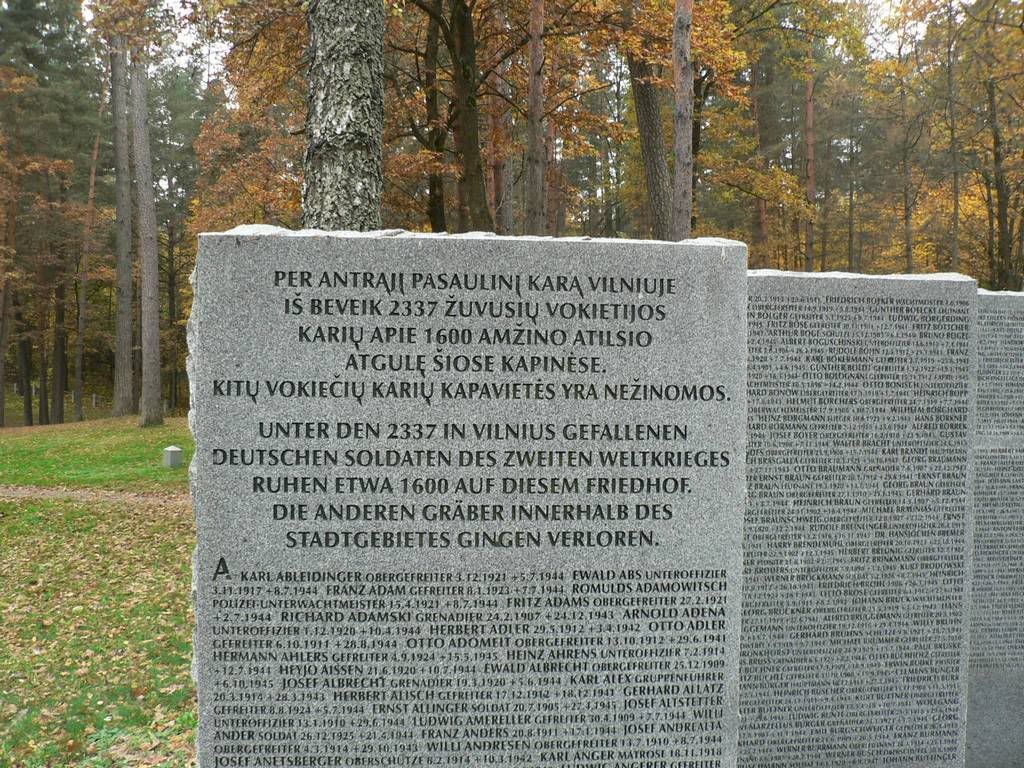
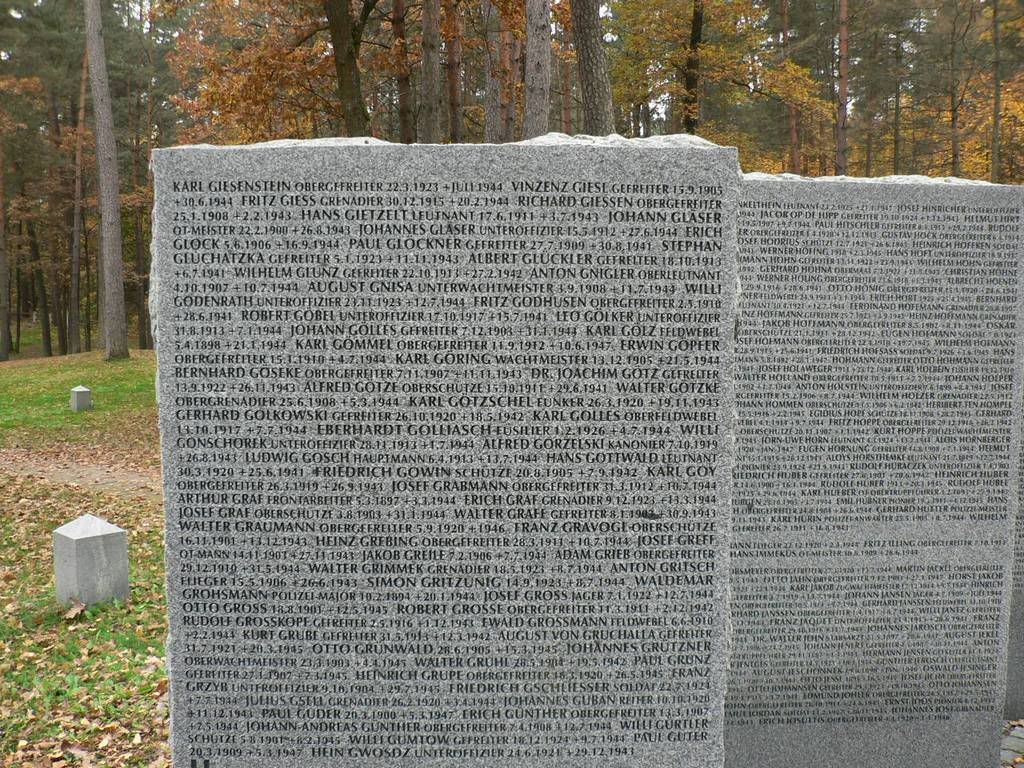
The single individual grave (?):
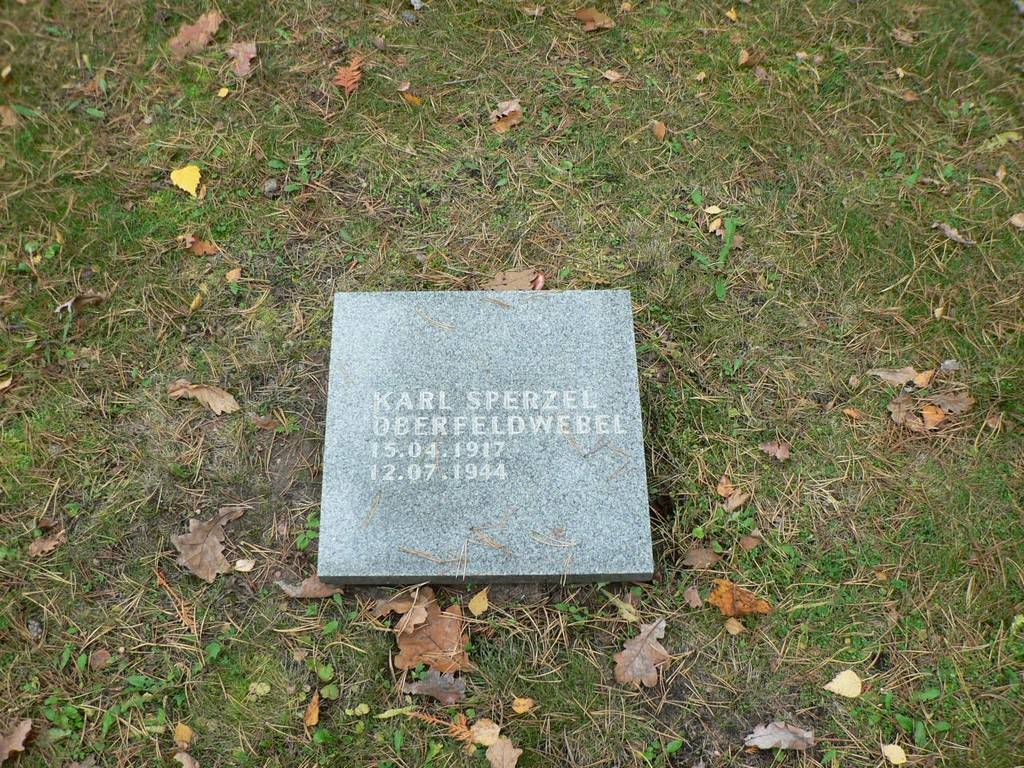
Now I am going deeper in the park and leaving this cemetery:
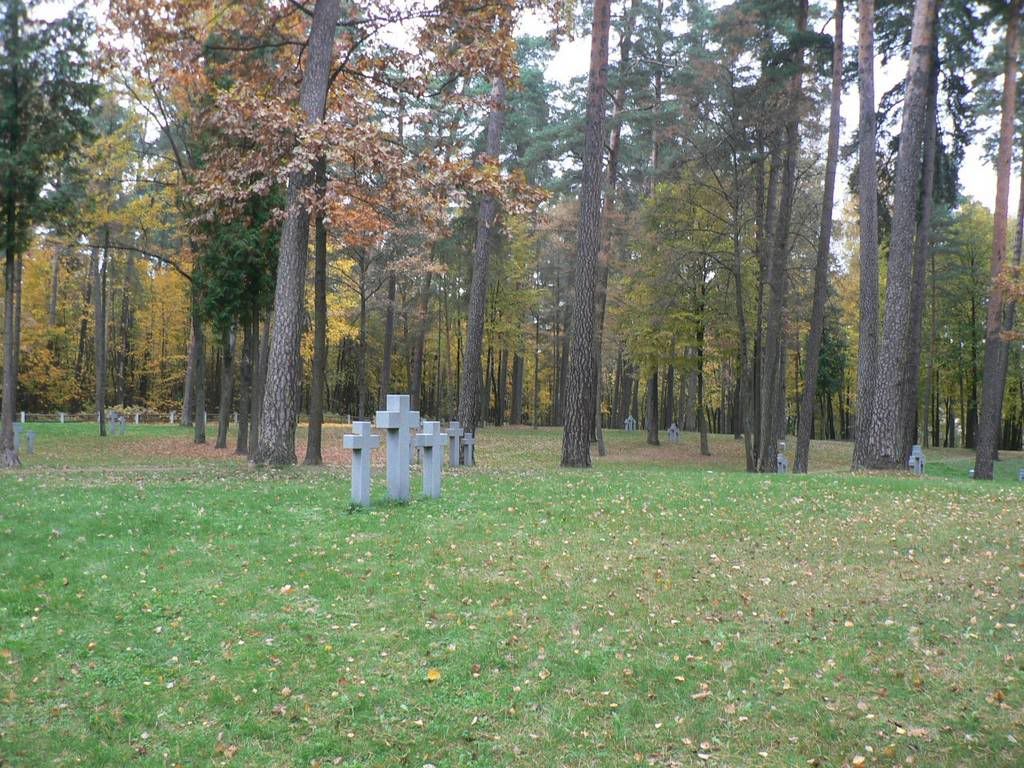

Since I earlier promised to prepare several reports to commemorate 90th anniversary of WWI I need to keep my promises. So today I will show report about restored WWI cemetery in the modern Vingis park in Vilnius.
In late XVIIth century then on the outskirts of Vilnius Jesuits cemetery was established. Victims of plague of 1710 were buried here.
In 1796 the chapel was built were wife of first Russian military governor of Vilnius - Nikolai Repnin - was buried. In early XIXth century this cemetery was given to Orthodox and Jewish communities.
In 1915 here German military authorities established largest cemetery for WWI victims. More than 2000 German, Austro-Hungarian, Russian, Polish and even several Turkish servicemen were buried here. In 1917 monument for the victims of WWI was built here by German military administration.
After WWI that cemetery was unused up to 1944 when German soldiers killed in Vilnius during WWII were buried here. In 1950s this cemetery was destroyed and even more in the late 1950s or early 1960s amusement park was established right at the place were cemetery was. Amusement park was closed in 1987 or 1988. In 1999 - 2000 cemetery was restored by German bundeswehr with the support of Lithuanian and German governments and today is as big memorial for soldiers from more than 10 modern countries whose soldiers are buried here.
Now we can go into.
What we see first is Repnin's family chapel built in 1796:

At closest area to the street is the quarter of Austro-Hungarian soldiers:


And monument built by German reservists to the former allies:

The joint monument built by armies of former Austro-Hungary countries (Austria, Czechia, Hungary, Slovenia) to their soldiers:

Back view to the Austro-Hungarian part:

Single sign at the place were several Turkish soldiers were buries (the most mysterious thing here to me):

The signs were Jewish and Orthodox civilians were buried in the XIXth century:


Quarter of Polish legion soldiers:

Sign about patronage of this cemetery:

Main alley of German soldiers of WWI:


Modern monument (2001) at the place were original monument was built in 1917 to commemorate German, Austro-Hungarian, Russian, Turkish and Polish soldiers:


Original monument was found during restoration and it's remains are exposed in the corner behind modern monument:

The interesting fact for me was that in 1917 the word Weltkrieg was used:


German graves near the remains of old monument:

Going further we will find Russian soldiers quarter:


Modern sign to commemorate Russian soldiers:

More general view:

Going further we see that Russian graves are mixed with German crosses - Soviet commanders buried Wehrmacht soldiers together with Russian soldiers of WWI:

Graves of German soldiers of WWII:

Modern German monument in the center of German WWII quarter:

And the stones with the names of soldiers buried here. Record says that from 2337 German army soldiers who lost their lives in WWII in Vilnius more than 1600 are buried here. Places were are buried others are unknown:


The single individual grave (?):

Now I am going deeper in the park and leaving this cemetery:
